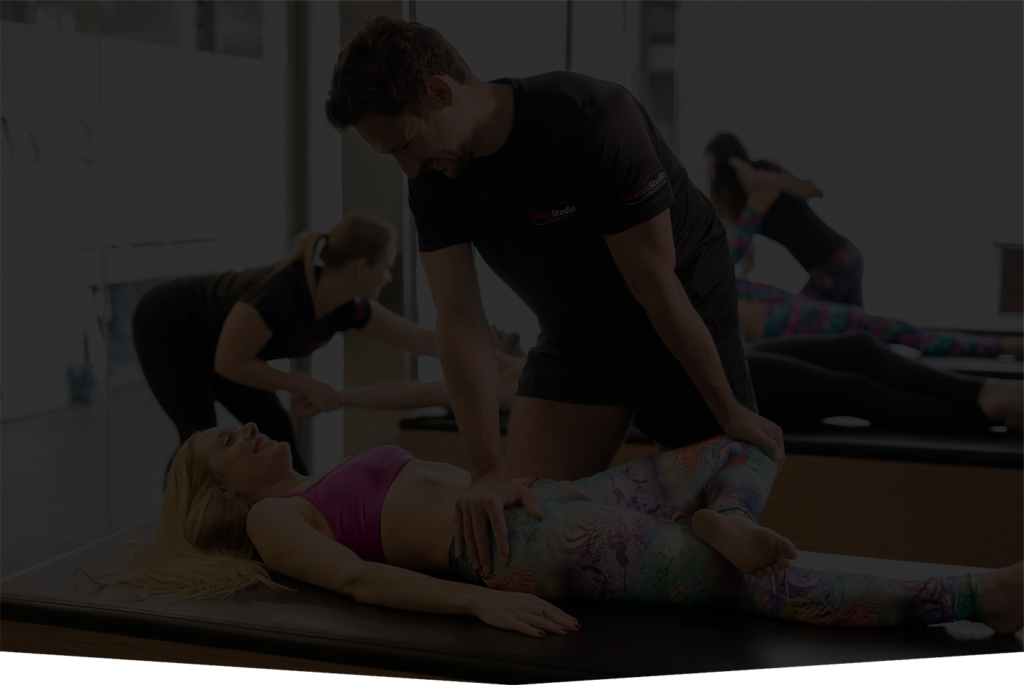The Benefits Of Assisted Stretching Exercises

Assisted stretching exercises are a valuable tool for improving flexibility, enhancing mobility, and preventing injury. By incorporating external assistance, whether from a partner, a stretching device, or gravity, individuals can achieve deeper stretches and target specific muscle groups more effectively. Here, we explore the various benefits of assisted stretching exercises and how they can contribute to overall physical well-being.
Enhanced flexibility and increase range of motion:
One of the primary benefits of assisted stretching exercises is their ability to enhance flexibility and increase range of motion. By applying gentle pressure or assistance to targeted muscles, individuals can achieve a deeper stretch than they would with passive or static stretching alone. This increased flexibility allows for greater freedom of movement and improved joint mobility, making everyday activities and athletic pursuits easier and more enjoyable.
Improved muscle recovery:
Assisted stretching exercises can aid in muscle recovery by promoting blood flow, circulation, and lymphatic drainage to the muscles. By stretching tight or overworked muscles, individuals can alleviate tension and soreness, reducing the risk of injury and accelerating the recovery process. Additionally, assisted stretching exercises help to flush out metabolic waste products and toxins from the muscles, facilitating faster healing and muscle repair.
Reduced risk of injury:
Regular practice of assisted stretching exercises can help reduce the risk of injury by addressing muscle imbalances, improving posture, and enhancing overall body awareness. By targeting specific muscle groups and joints, individuals can correct asymmetries and alignment issues that may lead to injury during physical activity. Additionally, assisted stretching exercises help to lengthen and strengthen muscles, reducing the likelihood of strains, sprains, and other soft tissue injuries.
Enhanced athletic performance:
Athletes and fitness enthusiasts can benefit significantly from incorporating assisted stretching exercises into their training routines. By improving flexibility, mobility, and muscle function, individuals can perform movements with greater efficiency, power, and precision, enhancing overall athletic performance. Assisted stretching exercises also help to activate and engage muscles before workouts, priming the body for optimal performance and reducing the risk of injury during training sessions.
Stress reduction and relaxation:
In addition to the physical benefits, assisted stretching exercises can also promote mental well-being by reducing stress and promoting relaxation. The rhythmic, repetitive movements of stretching can help calm the nervous system, lower cortisol levels, and induce a state of relaxation and tranquility. Incorporating deep breathing and mindfulness techniques into assisted stretching exercises further enhances their stress-relieving effects, promoting overall mental clarity and emotional balance.




